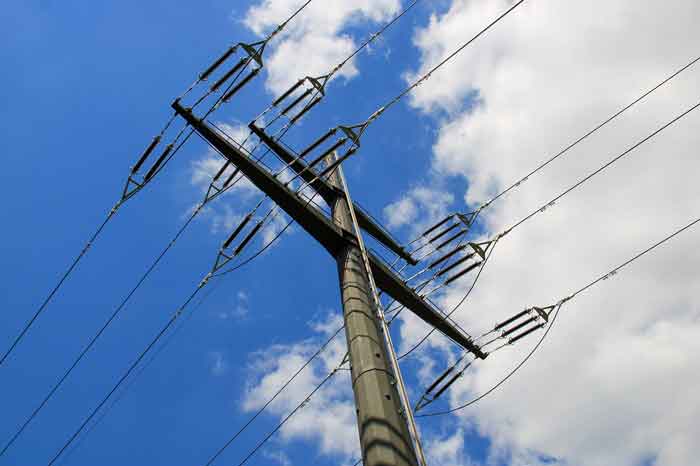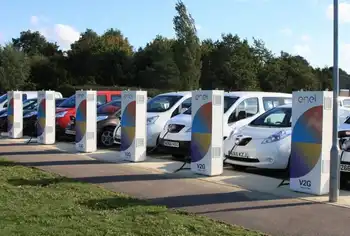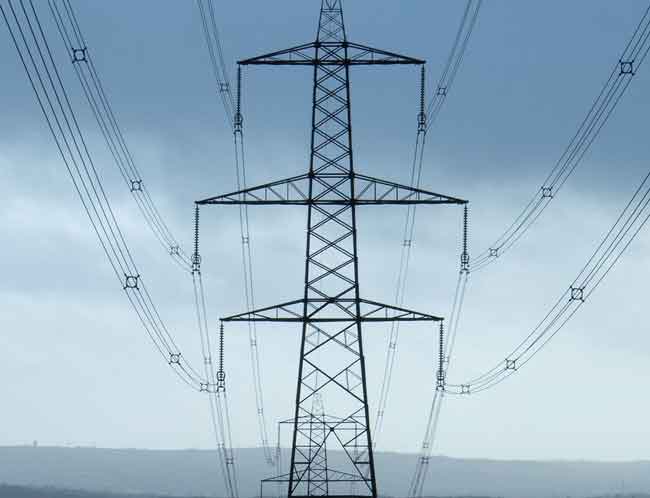Delhi should have more power for Commonwealth Games
By Industrial Info Resources
NFPA 70b Training - Electrical Maintenance
Our customized live online or in‑person group training can be delivered to your staff at your location.

- Live Online
- 12 hours Instructor-led
- Group Training Available
According to the central Ministry of Power, it will take another seven or eight months for the situation to improve.
With several power projects fast-tracked to address the power requirements for the 2010 Commonwealth Games, Delhi is likely to get some respite from load-shedding and is expected to receive about 5,000-6,000 megawatts (MW) of power in another year's time.
Delhi has experienced varying degrees of power shortfalls, with the peak power demand fluctuating over the years. This year, the combined effect of a delayed monsoon and a sweltering summer saw the peak demand rise to an all-time high of 4,400 MW, with an average deficit of 10%, representing 500 MW a day, during the month of June.
Bombay Suburban Electric Supply Delhi (BSES) supplied about 2,940 MW to meet the peak demand, including an additional 530 MW sourced from six different suppliers.
The power sector of the state was privatized in 2002, with private players such as BSES, North Delhi Power Limited and the Delhi Electricity Regulatory Commission being responsible for the procurement and supply of power. Increase in power prices and inadequate power production have made it difficult for these firms to honor their commitments.
The Bawana power plant, which was started about a decade ago, has been idle because of a lack of water. If operational, the facility would have supplied between 800 and 1,000 MW of power to the state.
However, Delhi is optimistic about steering clear of the crisis of a power deficit, as quite a few power plants are scheduled to commence production ahead of the 2010 Commonwealth Games. A mix of greenfield and brownfield projects planned in Dadri, Jhajjar, Pragati, Mejia, Koderma, Chandrapura, and Durgapur are expected to augment the power supply.
The Reliance Anil Dhirubhai Ambani Group has increased the pace of construction at its much-delayed 7,480-MW Dadri power project in Uttar Pradesh. The first phase of the project, with a capacity of 1,400 MW, is slated to go online by mid-2010. While 50% of the power output has been committed to Uttar Pradesh, neighboring states such as Haryana, Delhi, Rajasthan and Punjab are also expected to benefit from the project.
The Haryana government has advanced work on the 1,500-MW Indira Gandhi super-thermal power project, which is being developed in Jhajjar. The first unit, with a capacity of 500 MW, is scheduled to be operational by April 2010, followed by the second and third units, each of 500 MW, in October 2010 and January 2011, respectively. Delhi is expected to receive 250 MW of power from the output of the first unit.
In accordance with an earlier agreement signed in 2006 with the state government of Haryana, NTPC Limited, and Damodar Valley Corporation (DVC), Delhi is expected to receive about 2,000 MW of total power from DVC's expansion operations in Mejia and Koderma, with the additional two units of 500 MW each in Mejia exclusively catering to the state.
However, until alternate arrangements fall in place, Delhi has been asked to follow a strict regime of power conservation measures such as limited usage of lights, coolers and air conditioners. Business establishments in the state have been asked to shut shop 8 p.m., which would affect the prospects of these units.
Government offices have been asked to curtail unnecessary lighting and cooling implements. The state power department is monitoring load-shedding and fault-redressal systems. The Municipal Corporation of Delhi and the Delhi Development Authority have been asked to ensure that streetlights are switched off during the daytime.
In addition, power is being procured on a short-term basis to meet day-to-day deficits, with BSES Delhi purchasing power from Maharashtra, Sikkim and Karnataka. The central government has also allotted an additional 100 MW of power in order to alleviate the crisis situation.
By 2010, power shortfall in the capital is expected to hit 6,000 MW. However, if ongoing power projects come online as scheduled, Delhi may soon be able to fully address its power requirements.











